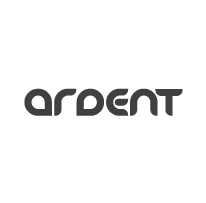Scrum methodology – how to use it in your projects
30 December 2022 | Noor Khan
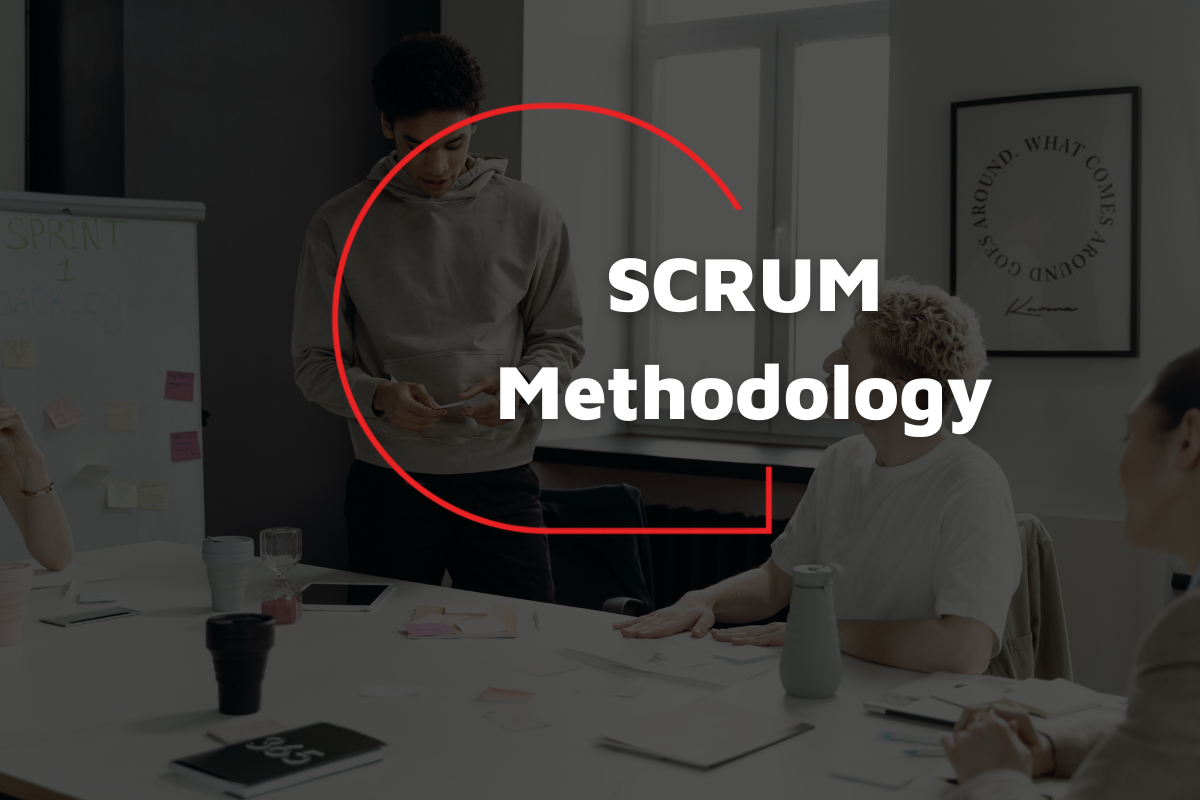
Setting up your projects and deciding how your team are going to work is an absolute necessity in order to ensure maximum efficiency of time, resources, and budget. There are many different ways in which teams can be structured, and how they will undertake their projects. Scrum is one such methodology, which is frequently used by agile Software Development Teams.
Scrum methodology, in simple terms, is a framework designed for teams working on complex projects, that allows for effective collaboration and flexibility.
The Scrum process is utilised by many different companies and industries in order to deliver projects more frequently and with shorter timescales – for software developers utilising agile techniques (which require short ‘sprints’) the frequent meetings, focus on the structure and development of a project, and ability to implement quick changes, make it an effective process to handle their projects.
Using Scrum for yourself
Depending on where you look, there are a varying number of pillars or principles associated with Scrum, ranging from 3 to 12 which essentially come down to the core of the methodology being:
- Transparency
- Inspection
- Adaption
For Scrum to work, collaboration and openness are essential and are considered to be the most effective way to create the best possible product or end result.
Team members are asked to be honest about their work, progress, successes, and roadblocks so that the project can be examined, evaluated, and inspected in a way that seeks solutions – rather than insisting on using methods or processes because that is ‘how it is done’.
Once the project has been evaluated, and solutions discussed, it is adapted (in some cases, even redirected or changed), and work continues again.
These work instalments are known as ‘sprints’ and each time they occur, the work proceeds without interruption, then the results are discussed, evaluated, and the project continues with any required adaptions or changes.
The process sounds relatively simple but is actually quite complex, and not suitable for all teams. It is not a ‘one-size-fits-all’ solution, and it requires extremely high levels of collaboration, communication, and regular meetings where team members are comfortable expressing their honest opinions and feedback without fear of adverse consequences for doing so.
The scrum methodology is just one example of an agile software development framework that could be used to develop agile, scalable and user friendly software.
Using Scrum in your projects
You may choose to outsource your development to teams who are familiar with the process and are already trained in utilising the process, or you may wish to train your own employees to make use of the framework.
When using the methodology for your project, it is important that you:
- Familiarise yourself with Scrum requirements and operation
- Assign Scrum team roles to appropriate team members
- Create your backlog list, meeting schedules, and sprint planning (including your definitions of when a sprint is considered to be complete)
These steps implement the process, then you will need to:
- Conduct daily meetings
- Undertake sprints
- Review the sprints
- Implement the required changes
- Repeat
As we mentioned, the methodology is not for everyone, and it can take time to train a team or implement the structure, but for those to whom the process is applicable, it can be extremely effective in saving time, improving team morale, creating higher development standards, and reducing costs.
Scrum methodology with Ardent
At Ardent, our software development teams adopt the SCRUM methodology in order to deliver excellence to our clients. If you are looking for a software development company that has a proven track record of success, is credible and reliable we can help. Our team of highly skilled software engineers can take on board your requirements to deliver intuitive, agile and user friendly software that checks all your requirements. Get in touch to find out more or to get started on bringing your vision to life.
Ardent Insights
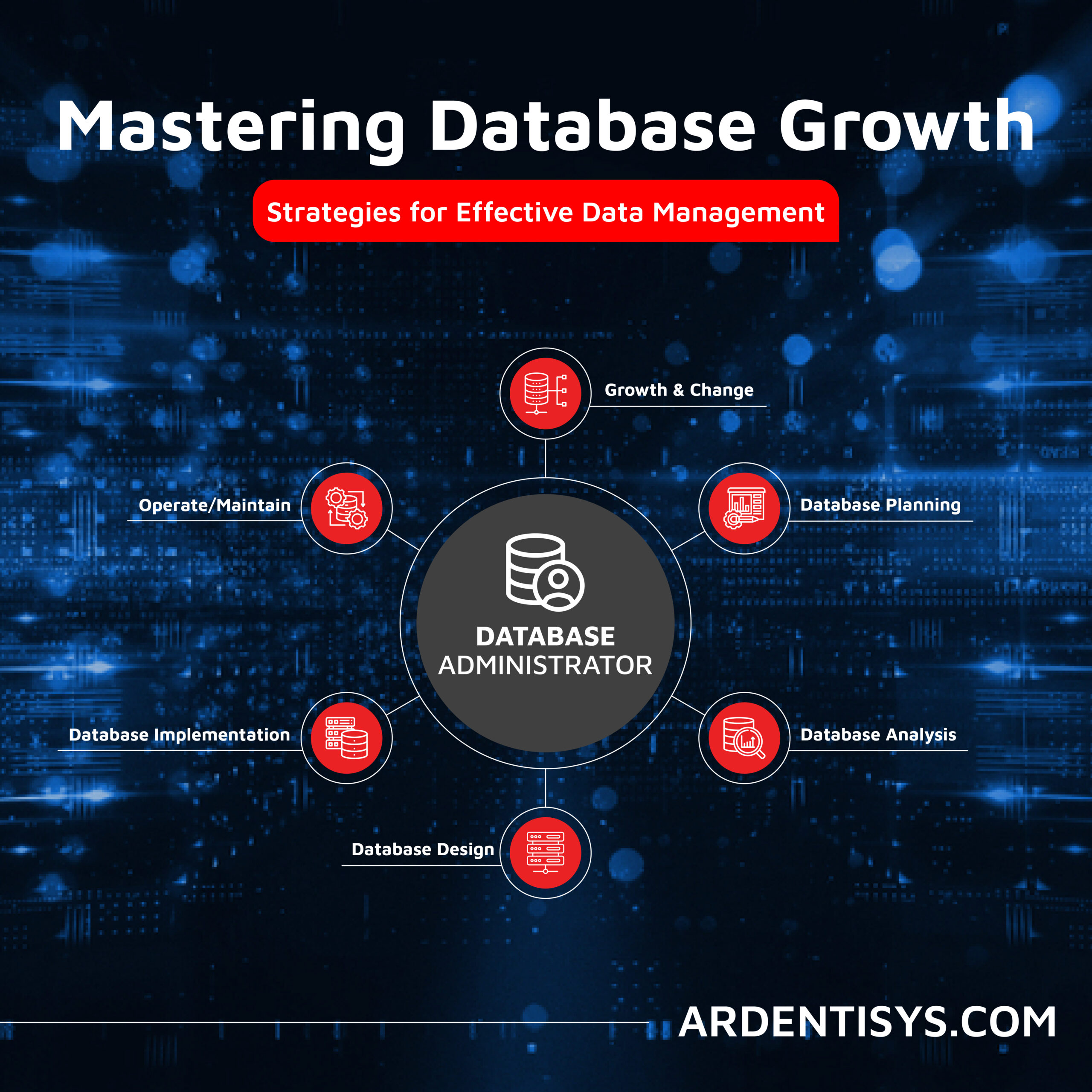
Overcoming Data Administration Challenges and Strategies for Effective Data Management
Businesses face significant challenges to continuously manage and optimise their databases, extract valuable information from them, and then to share and report the insights gained from ongoing analysis of the data. As data continues to grow exponentially, they must address key issues to unlock the full potential of their data asset across the whole business. [...]
Read More... from Scrum methodology – how to use it in your projects
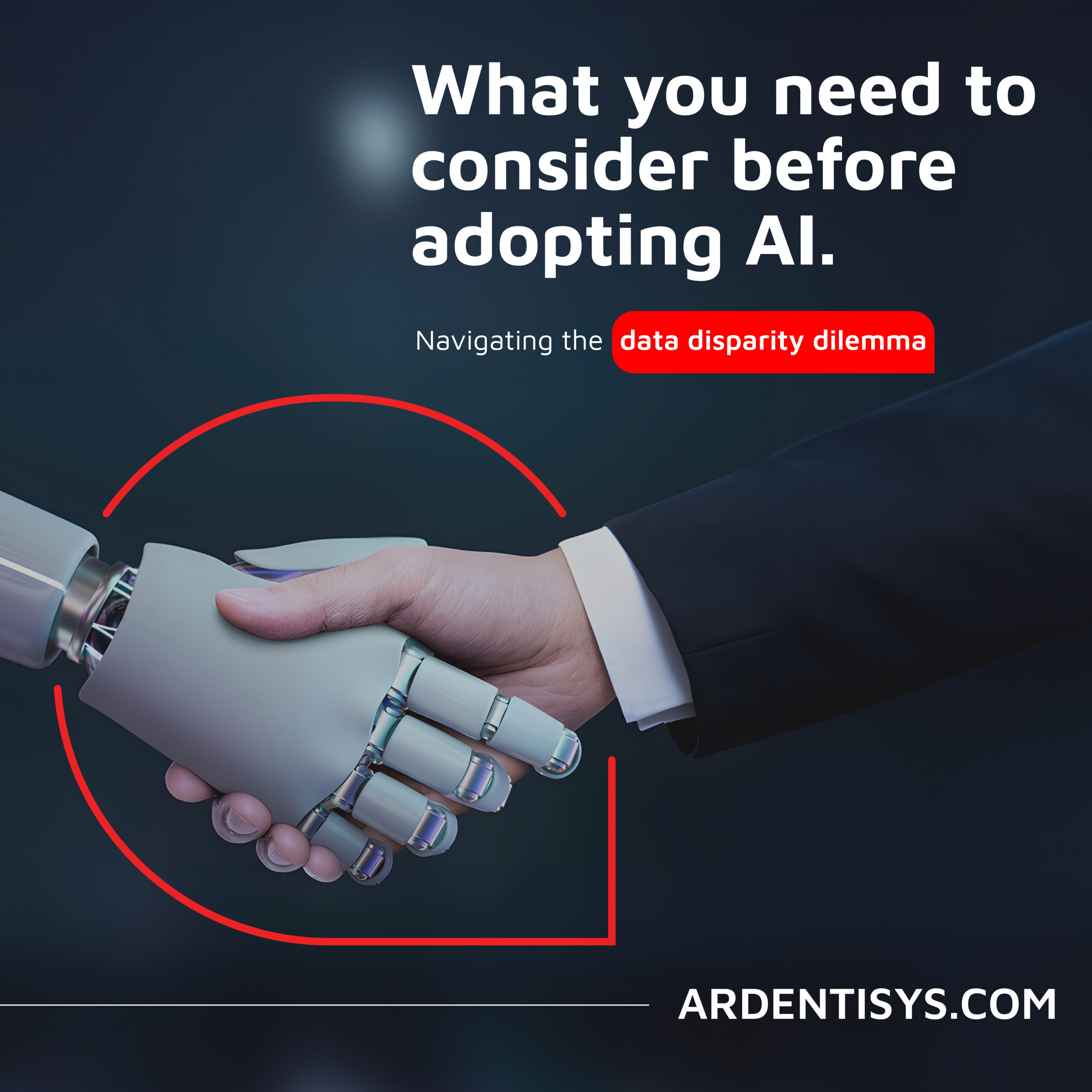
Are you considering AI adoption? We summarise our learnings, do’s and don’ts from our engagements with leading clients.
How Ardent can help you prepare your data for AI success Data is at the core of any business striving to adopt AI. It has become the lifeblood of enterprises, powering insights and innovations that drive better decision making and competitive advantages. As the amount of data generated proliferates across many sectors, the allure of [...]
Read More... from Scrum methodology – how to use it in your projects
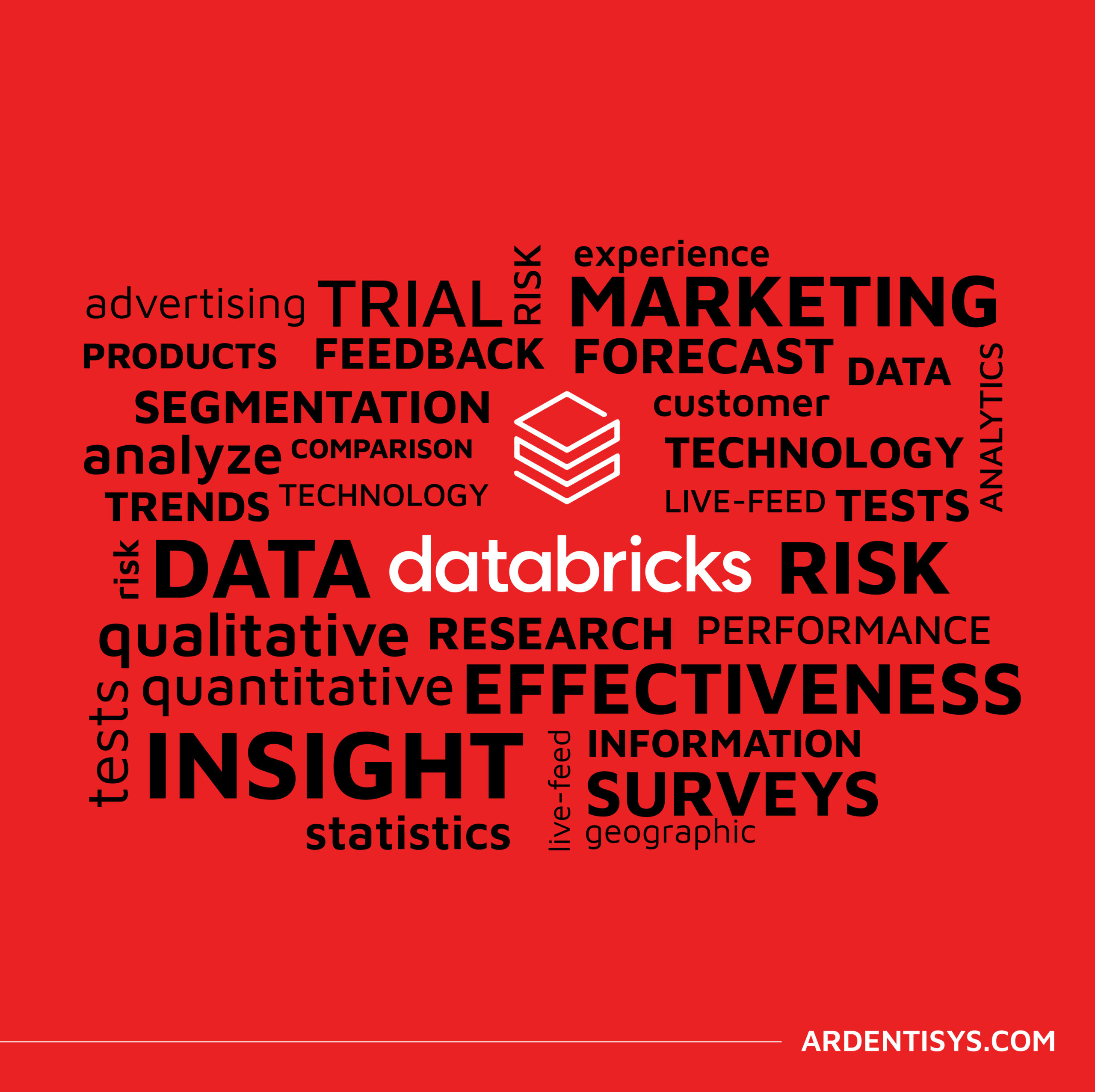
Why the Market Research sector is taking note of Databricks Data Lakehouse.
Overcoming Market Research Challenges For Market Research agencies, Organisations and Brands exploring insights across markets and customers, the traditional research model of bidding for a blend of large-scale qualitative and quantitative data collection processes is losing appeal to a more value-driven, granular, real-time targeted approach to understanding consumer behaviour, more regular insights engagement and more [...]
Read More... from Scrum methodology – how to use it in your projects




